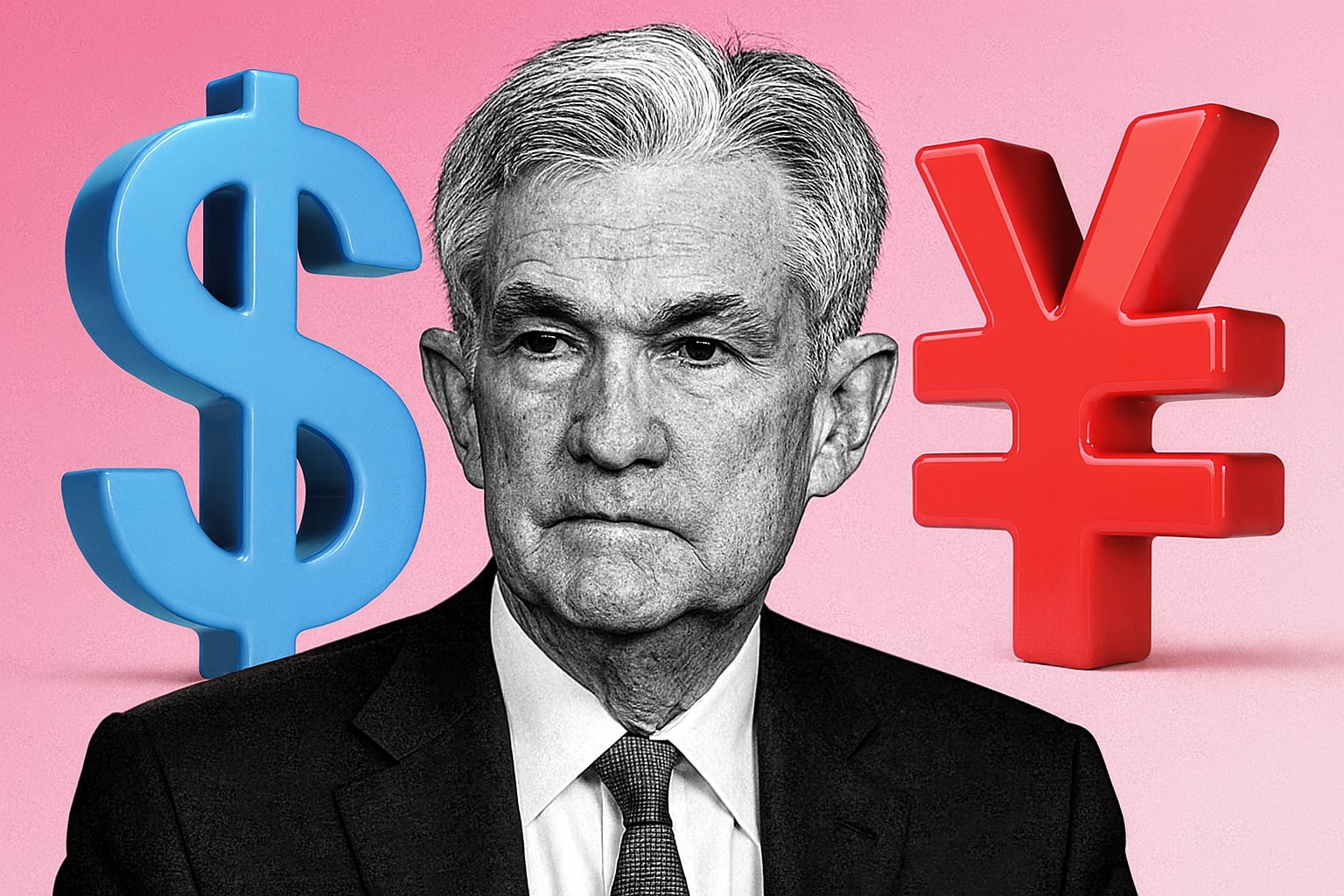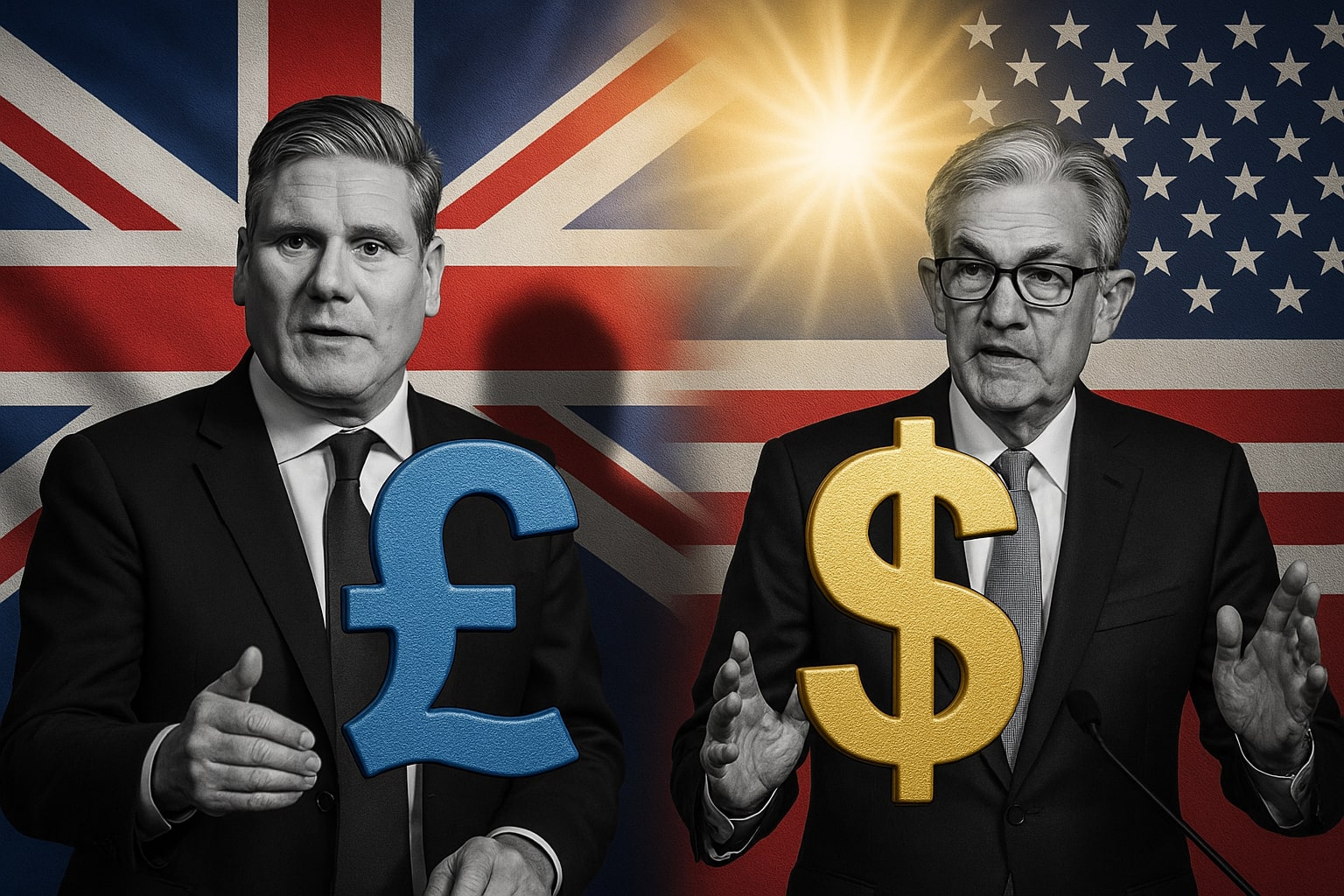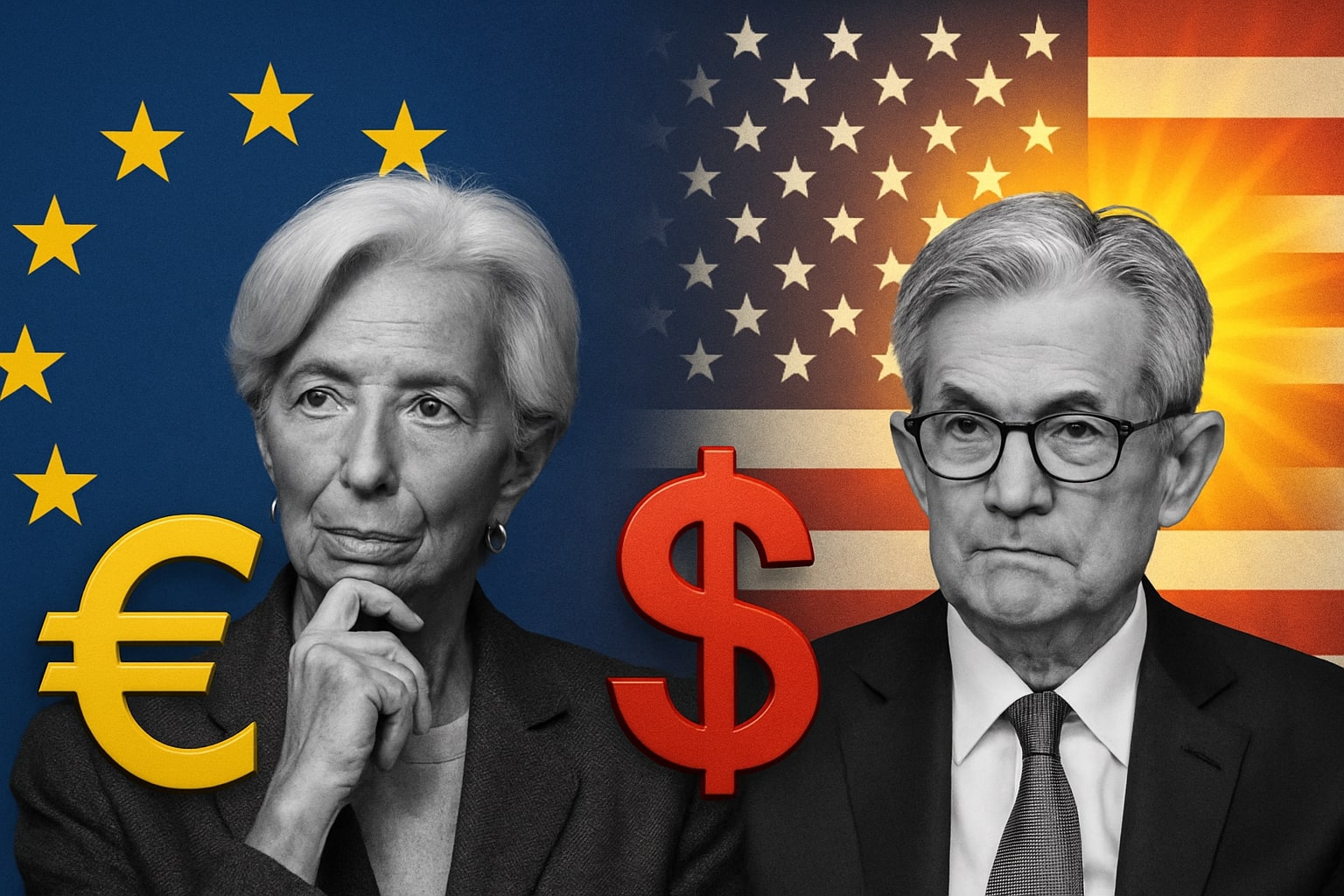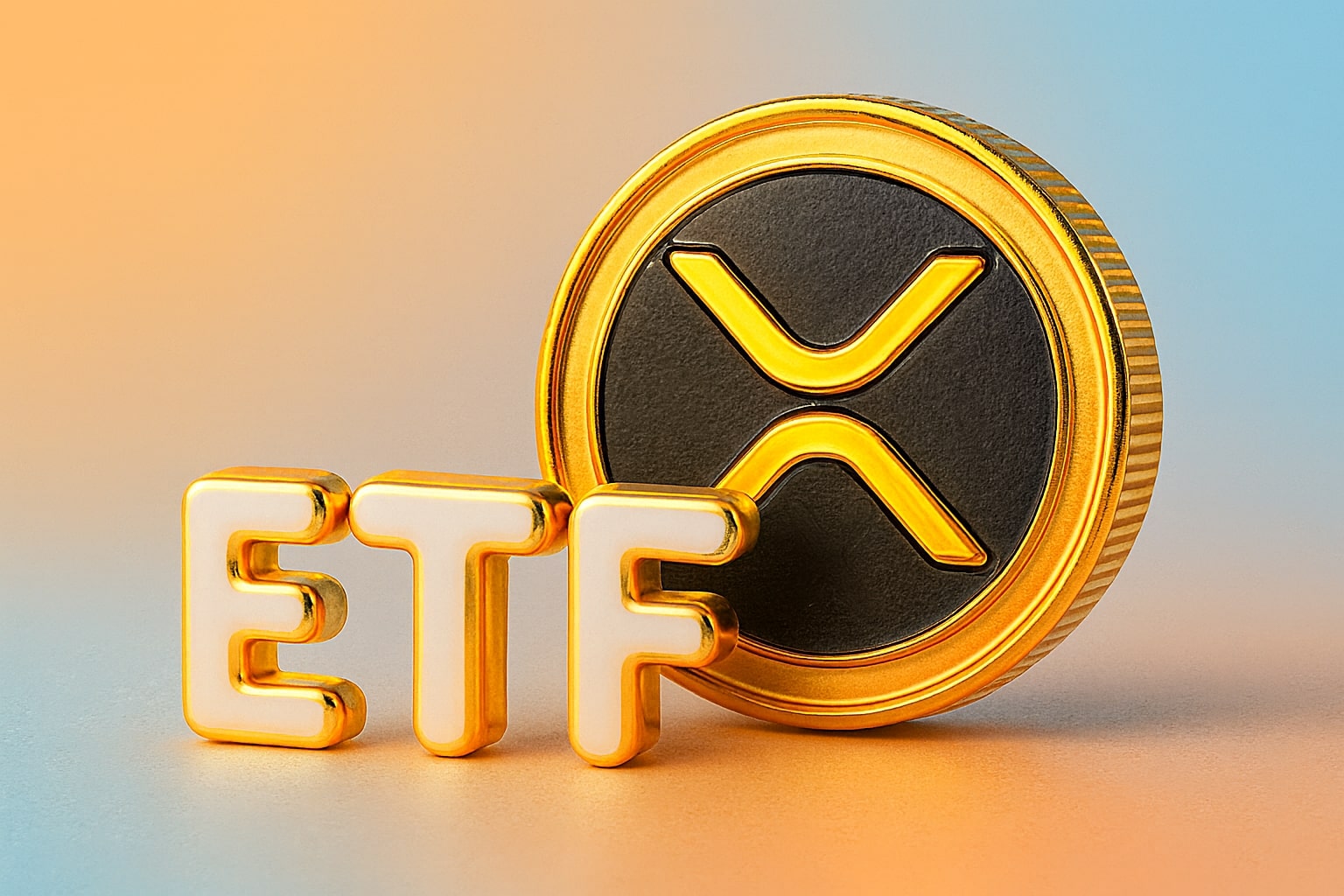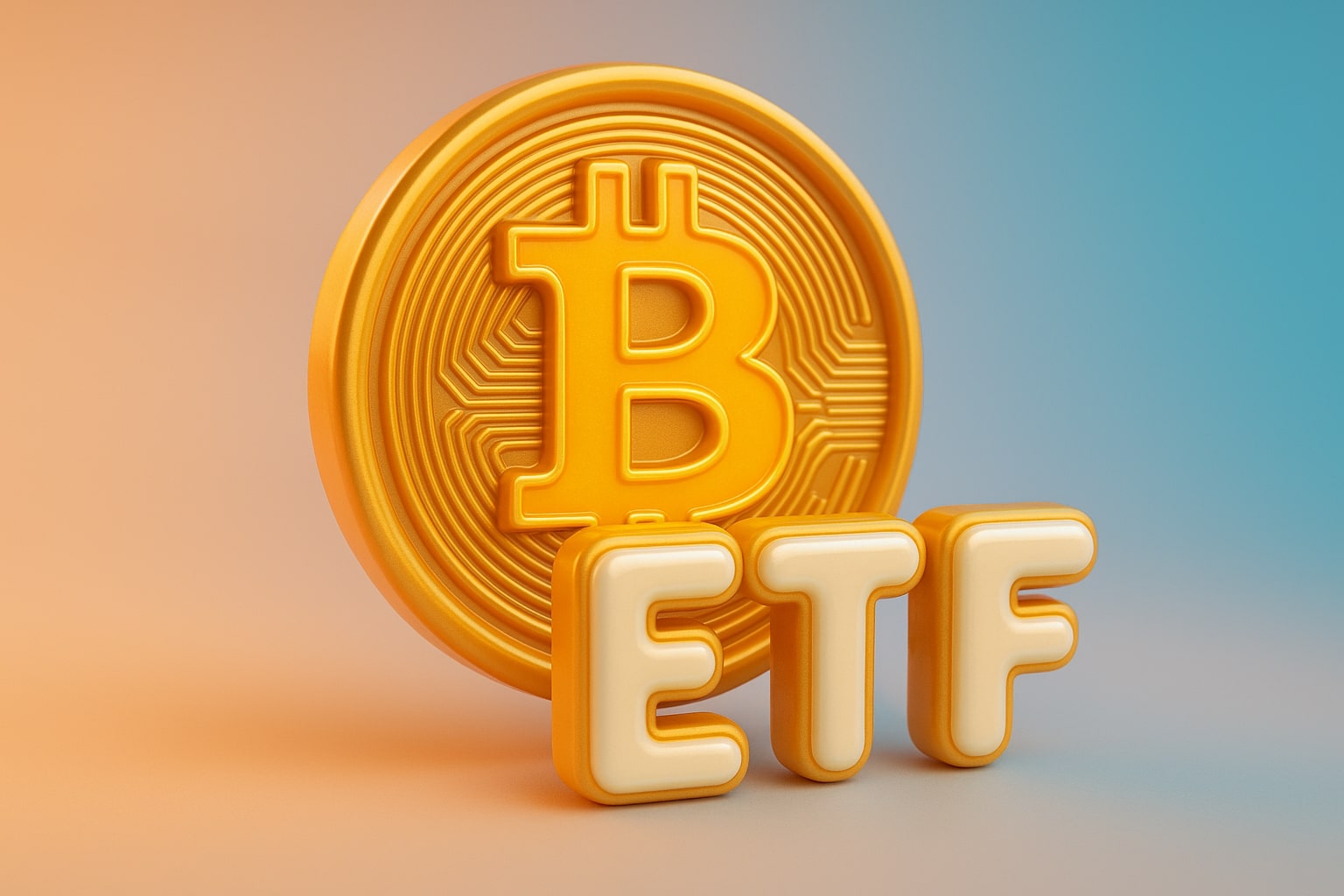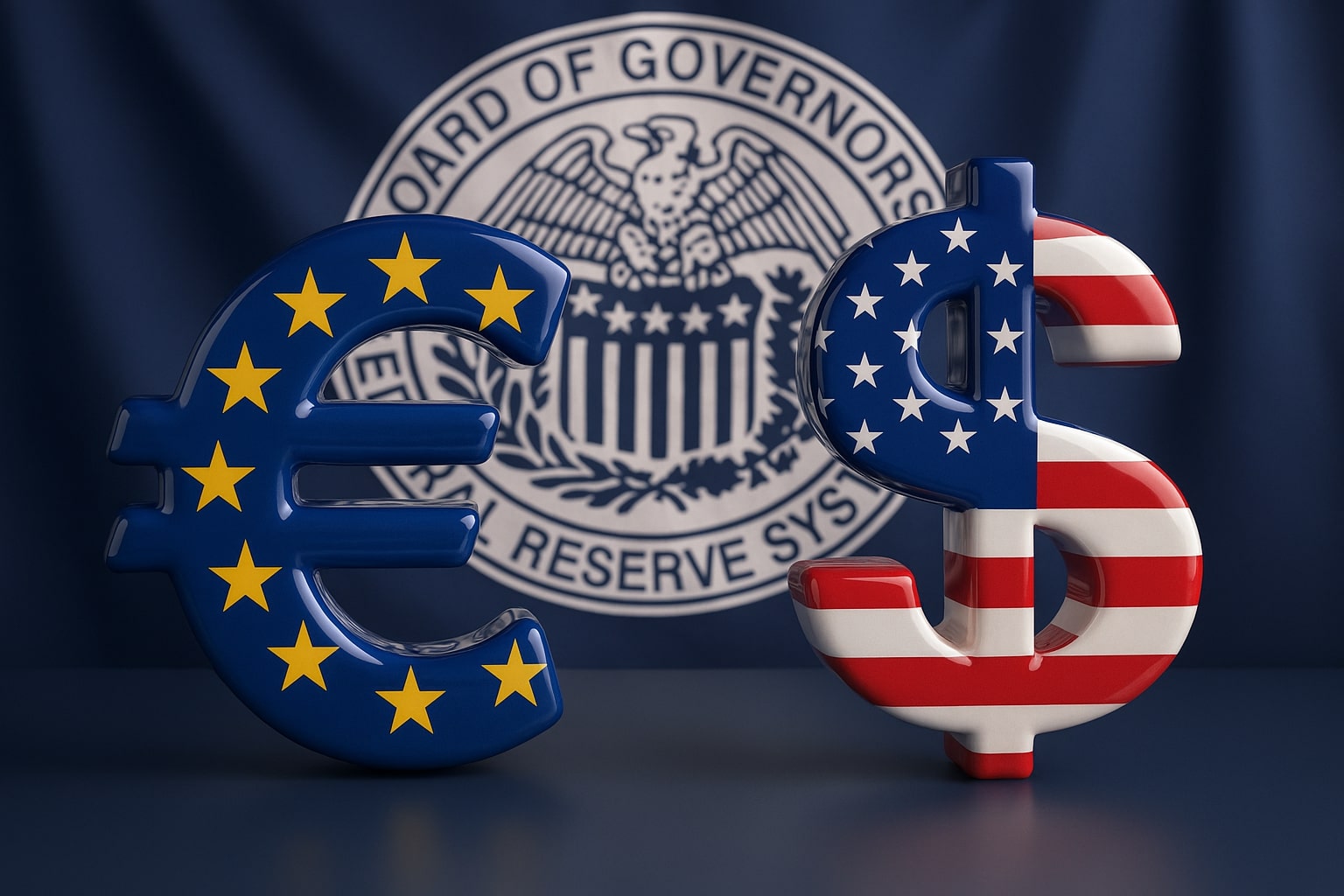
EUR/USD Price Struggles at $1.17 as Fed Policy, ECB Pause and Geopolitics Collide
With EUR/USD up 13% YTD and capped below $1.1710, traders eye Powell’s Jackson Hole speech, ECB’s hold, and Ukraine negotiations as key drivers for a breakout or retreat | That's TradingNEWS
EUR/USD (EURUSD) Struggles at $1.17 as Fed Bets, ECB Pause and Geopolitics Collide
The euro-dollar cross began the week in a tense range, holding around 1.1680–1.1690 after testing resistance just below 1.1705 and failing to secure a breakout. This marks the third rejection near the $1.17 zone since early July, with price stalling at $1.1830 on July 1, at $1.1770 on July 28, and now once again this Monday. The repeated inability to clear that shelf underscores the significance of this sell wall, making it the most contested level in the current cycle.
Fed Rate Cut Odds and Dollar Reaction
The Federal Reserve remains at the center of EUR/USD price action. The CME FedWatch tool shows a 93–95% probability of a 25bp cut in September, with markets also leaning toward additional moves in October and December. The probability had been nearly 100% a week ago before July’s Producer Price Index surprised to the upside at 3.3% YoY, compared with 2.4% in June. Retail Sales added 0.5% in July, slowing from June’s revised 0.9%, while Industrial Production fell 0.1%, highlighting a mixed picture. Consumer Sentiment deteriorated, with the University of Michigan’s August index plunging to 58.6 from 61.7. Inflation expectations climbed, with the one-year outlook rising to 4.9% from 4.5%, and the five-year forecast to 3.9% from 3.4%. Together, this backdrop has weakened the U.S. dollar’s resilience, even as Treasury yields stay elevated. The Dollar Index (DXY) trades near 97.85, capped under the 98.30–98.40 resistance band.
ECB on Hold as Eurozone Data Stays Stable
Across the Atlantic, the European Central Bank has effectively paused after eight consecutive cuts, leaving policy unchanged since July. Eurozone GDP grew by 0.1% in Q2, while inflation anchored near 2%, giving policymakers justification for patience. Investors assign a 94% probability of no change in September, making the ECB a neutral factor in near-term price swings. Political noise remains the wildcard, with Trump’s pressure on Ukraine and Europe shaping sentiment far more than Frankfurt’s stance.
Geopolitics Driving Risk Premiums
Markets remain transfixed by the geopolitical calendar. U.S. President Donald Trump met Russian President Vladimir Putin in Anchorage, Alaska, but no ceasefire emerged. Trump signaled Ukraine would need to cede Crimea and drop NATO ambitions as preconditions for peace, conditions President Volodymyr Zelenskyy is expected to resist in his Washington meeting. A breakthrough would likely lift the euro on improved global risk sentiment, while renewed stalemate could reinforce demand for the dollar as a safe-haven. Analysts at UBS project EUR/USD could reach 1.21 by year-end if geopolitical tensions ease, highlighting the sensitivity of the pair to developments beyond economics.
Technical Set-Up: Bulls Pinned at 1.1700
Technically, EUR/USD trades inside a bullish channel, with the 20-EMA at 1.1681 above the 50-EMA at 1.1657 and the 100-EMA at 1.1642, forming a supportive cluster between 1.1660 and 1.1625. Price action has respected this demand zone repeatedly, cushioning intraday dips. The RSI on the four-hour chart sits at 54, but divergence is emerging as higher price highs contrast with lower RSI highs, a warning of waning bullish momentum. A daily close above 1.1710 would open upside toward 1.1735 and then 1.1785, while failure here risks a pullback to 1.1635 and deeper supports at 1.1590 and 1.1545. Short-term sentiment is buy-the-dip above 1.1625, but patience is wearing thin as bulls continue to stall under resistance.
Macro Divergence Between U.S. and Europe
The euro’s relative resilience reflects the contrast between a Fed under pressure to ease and an ECB on hold. The U.S. labor market has softened, ISM Services PMI has weakened, and tariff impacts are filtering through inflation. By contrast, the euro area’s stability—though modest—gives the single currency a floor. Political risk remains the shadow. Reports that Trump could demand rapid concessions from Ukraine in exchange for U.S. security guarantees may unsettle European leaders and weigh on the euro if seen as destabilizing NATO commitments.
Positioning and Market Sentiment
The euro is still up 13% year-to-date, its strongest performance in recent years against the dollar. That strength is attracting profit-taking, particularly around $1.17. Insider market flows show leveraged accounts reducing euro longs near resistance while options data reveals heavy $1.17 strike interest, reinforcing the barrier. Yet speculative positioning remains net long, suggesting pullbacks toward 1.1660–1.1650 will be met with buyers.
Verdict: Bullish Bias but Resistance Critical
All eyes are on whether EUR/USD can finally clear the 1.1700–1.1710 ceiling. A decisive breakout, particularly if Powell signals dovish intent at Jackson Hole, would reset targets toward 1.1780–1.1820. Failure to break would confirm $1.17 as a formidable top and risk a return to 1.1590–1.1540. Given the fundamentals and technicals, the pair remains Bullish: Buy-the-dip above 1.1625, targeting $1.1735 and $1.1780, but stops must be respected below 1.1620.
That's TradingNEWS
Read More
-
SCHD ETF Price at $27: Can SCHD’s 4% Yield and 9.15% Dividend Growth Beat High-Yield Covered Call ETFs?
15.12.2025 · TradingNEWS ArchiveStocks
-
XRP ETFs Close on $1B Inflows as XRPI at $10.92 and XRPR at $15.52 Hit 52-Week Lows
15.12.2025 · TradingNEWS ArchiveCrypto
-
Natural Gas Price Forecast: NG=F Holds the $4 Floor as Oversupply Clashes with 2026 LNG Demand
15.12.2025 · TradingNEWS ArchiveCommodities
-
USD/JPY Price Forecast - Dollar to Yen At 155: Yen Strength Builds As BoJ Hike And NFP Collide
15.12.2025 · TradingNEWS ArchiveForex














